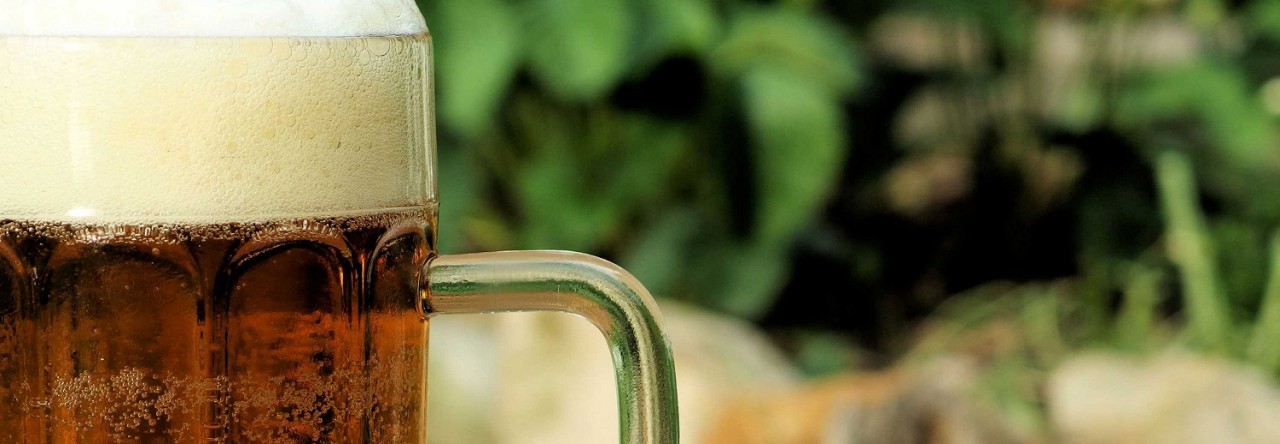Some beer styles are appreciated. Some are not. The Jar of Destiny forced us to revisit one of those underappreciated styles. From their guidelines listed at 12 C, we brew up this English IPA for our enjoyment and yours.
Well, what went into this beer? Let’s see:
JoD English IPA Recipe
This recipe for 5 US Gallons in the fermentor.
WATER
Spring water with 4 g of Gypsum added during the boil
GRAINS
12 pounds of Crisp Maris Otter Malt (5.4 Kg – 94% of the bill)
12 ounces of Briess 80°L Crystal Malt (340 g – 6% of the bill)
HOPS
1.5 ounces (42 g) of Target Hops at 11.6% AA for 60 minutes
1 ounce (28 g) of East Kent Goldings Hops at 5.6% AA for 20 minutes
2 ounces (56 g) of East Kent Goldings Hops at 5.6% AA for dry hopping for 3 days
YEAST
2 packets of Wyeast 1098 British Ale
Mashed at 152 °F (67 °C) for 60 minutes
Fermented 2 weeks at 68°F (20° C)
Original Gravity: 1.064
Final Gravity: 1.014
ABV: 6.56%
The Notes on This Beer
Mike really likes the color of this beer. He is a big fan of English styles and for him to say he really enjoyed this beer is saying a lot.
Here are my thoughts on the experience. I wanted to nail the water so I went with a clean water source which I enhanced with Gypsum.
The hops and yeast were imperative to get right so the recipe has a high alpha acid English hop and finishes with East Kent Goldings.
The grain bill is simple. We like the biscuit notes that Maris Otter brings and the 80° Lovibond crystal malt gave the beer the color and caramel notes it needed.
With all the IPAs in the world, it’s good to go back to the original. Hope you can revisit this style soon.
BREW ON!
Links To The Jar of Destiny Series Results
Check out the British Strong Ale post
Check out the Black IPA post
Check out the International Amber Lager post
Check out the Belgian Tripel post
Check out the Double IPA post
Check out the Kölsch post
Check out the English IPA post
Check out the Wood-Aged Beer post
Check out the Belgian Golden Strong Ale post
Check out the American Amber Ale post
Check out the German Pils post
Check out the Brett Beer post
Check out the Munich Helles post
Check out the Imperial Stout post
Check out the Foreign Extra Stout post
Check out the Belgian IPA post
Check out the Eisbock post
Check out the Czech Dark Lager post
Check out the California Common post
Check out the American Light Lager post
Check out the Pale Kellerbier post
Check out the Belgian Pale Ale post
Check out the Trappist Single post
Check out the Classic Style Smoked Beer post
Check out the Czech Amber Lager post
Check out the Gueuze post
Check out the Irish Stout post
Check out the Tropical Stout post
Check out the Schwarzbier post
Check out the American Wheat Beer post
